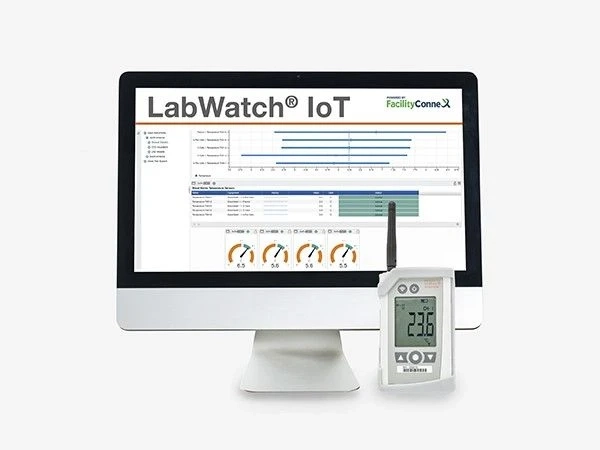In the era of digital transformation, maintaining real-time visibility and control over facility operations is no longer a luxury—it’s a necessity. Whether it's a pharmaceutical plant, data center, hospital, warehouse, or manufacturing site, facility managers must ensure optimal environmental conditions, equipment performance, and regulatory compliance. This is where the integration of a Facility Monitoring System and an IoT Monitoring System becomes a game-changer.
What Is a Facility Monitoring System?
A Facility Monitoring System (FMS) is a centralized platform that tracks and controls key environmental and operational parameters across a facility. These parameters include temperature, humidity, air pressure, lighting, energy usage, and equipment status. FMS helps ensure that the conditions within a building or production environment are maintained within specified limits, supporting both safety and efficiency.
Such systems are vital in regulated environments like pharmaceuticals, biotech, and food manufacturing, where temperature or humidity fluctuations could compromise product integrity and violate compliance standards such as FDA 21 CFR Part 11, GMP, or ISO.
Introduction to IoT Monitoring System
An IoT Monitoring System takes facility monitoring to the next level. By leveraging the Internet of Things (IoT), this system connects smart sensors and devices to a cloud-based platform that collects, analyzes, and transmits data in real-time. These systems are capable of monitoring a wide range of parameters, from HVAC performance to machine vibrations, utility consumption, security systems, and more.
IoT-enabled monitoring provides remote access, real-time alerts, predictive analytics, and seamless integration with other digital tools. This means issues can be detected and resolved before they escalate, leading to reduced downtime and operational costs.
Key Benefits of Combining Facility Monitoring System with IoT
When a traditional Facility Monitoring System is combined with an IoT Monitoring System, the results can transform facility management. Here’s how:
- Real-Time Data Access: IoT sensors feed live data to centralized dashboards, giving facility managers instant visibility into operations from anywhere.
- Predictive Maintenance: Analyzing trends in equipment behavior helps predict failures before they occur, reducing unplanned downtime.
- Compliance and Documentation: Continuous environmental monitoring ensures that critical areas like cleanrooms or cold storage facilities remain within set parameters, providing audit-ready documentation.
- Energy Efficiency: Monitoring power usage across systems allows for optimization strategies that reduce energy bills and support sustainability goals.
- Automated Alerts: Receive instant alerts via SMS or email when parameters exceed thresholds, allowing for quick corrective action.
- Remote Monitoring: Particularly useful in multi-site or unmanned facilities, enabling centralized control from remote locations.
Common Applications Across Industries
Both Facility Monitoring Systems and IoT Monitoring Systems are used in a wide range of industries:
- Pharmaceutical & Biotech: Monitor cleanrooms, storage units, and production equipment to ensure compliance with FDA and GMP standards.
- Data Centers: Track temperature, humidity, and power usage to prevent overheating or system failures.
- Healthcare Facilities: Monitor air quality, refrigeration units for vaccines, and building access points to ensure patient safety and regulatory adherence.
- Manufacturing: Track machine health, environmental safety, and operational workflows to enhance productivity.
- Agriculture and Food Storage: Maintain consistent temperature and humidity to preserve freshness and meet safety standards.
Choosing the Right Monitoring System
When selecting a system, consider the following:
- Scalability: Can the system grow with your operations?
- Sensor Compatibility: Does it integrate with the types of sensors you need?
- Cloud Connectivity: Does it support secure cloud-based data access and storage?
- Regulatory Compliance: Is the system compliant with industry standards?
- User Interface: Is the dashboard intuitive and user-friendly?
Conclusion
In a connected world, integrating a Facility Monitoring System with an IoT Monitoring System provides unmatched visibility, control, and efficiency. These technologies help organizations stay compliant, reduce risk, and make data-driven decisions that enhance operational performance. As industries continue to embrace automation and digitalization, investing in smart monitoring systems is no longer optional—it’s essential for sustainable success.


